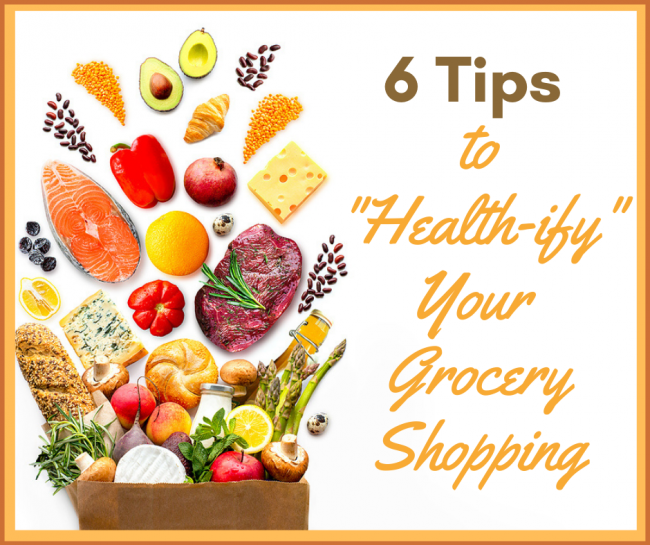Recent posts have talked about The Problems with Cooking and how to solve them by learning to Cook Without Really Cooking. Here is the recording of a recent Cook-Together where we made Quick Caribbean Greens Skillet using the Cook Without Cooking Strategy.
Watch the Cook-Together Recording Here
And Get the Recipe, Shopping List and Kitchen Setup Guide Here
Selective Shopping A key theme in the class was being able to take advantage of time-saving convenience foods when 90-95% of them should never come into your kitchen. How do you find the few that are convenient but also healthy so you can make good-for-you meals with less struggle and stress?
The key lies in being selective, i.e. reading the ingredient listing for every food you buy. It’s surprising that most people don’t read ingredient listings and therefor have no idea what’s going into their bodies.
But I get it: 1) ingredient listings are usually buried in some obscure location on the package, 2) the print is very tiny and barely readable, and 3) worst of all, they are very depressing! When we are starving and really want to eat some cookies or chips or a frozen meal or energy bar, who wants to see the gobbledygook it contains?!!
A Critical Step The thing is, we all want to enjoy the benefits of eating a real, whole foods diet. So a necessary and critical step is investing the time to find the 5-10% of foods that aren’t filled with unhealthy stuff. Here are 6 Tips to help you separate the wheat from the chaff:
- It’s a Process, Give Yourself Time We often don’t realize how many of our food purchases are processed, i.e., they have gone through a factory and therefor need to be checked. But don’t think you must check them all at once. It took me a year or so to work through the bulk of my pantry and to this day I continue improving my purchases bit by bit.
- It’s an Investment While it takes time to find good food products, you only have to check a product once. After that, you can just keep buying it, reaping the benefits of your time investment (although it’s good to re-check listings from time to time to make sure nothing got snuck in later.)
- Work in Increments Because it does take time and mental focus, don’t try to check more than five to seven items per shopping trip–maybe fewer as necessary to avoid getting overwhelmed.
- Do the Best You Can Sometimes you can’t find a certain food product that is free of stuff. Chicken broth is a good example. Pacific Foods Bone Broth is the only option out of dozens that contains only real whole foods. In cases with no or limited options, you’ll have to settle for products with the least amount of stuff. (Or, in my case, this prompted me to make more of my own foods, like bone broth, almond milk, salad dressings, etc.)
- Try Other Stores Natural foods stores usually have better packaged foods so visit ones like Natural Grocers to stock up on stuff-free products that you can’t find at your regular store. In this connection, one class member told us about shopping online at the Misfits Market. It’s not only easy but helps prevent food waste by selling organic produce that tastes just fine but isn’t “pretty enough” for regular grocery stores
- Understand Food Economics It’s crazy, but in today’s food world, foods with more cost less, i.e., products with more in the way of added flavorings, oils, fillers, preservatives and colorings cost less than products made with just real whole foods. That’s because all those additives offer manufacturers a cheap way to fill a package. So, crazily, you will need to pay more for plain old food–but your body will love your for it!
Be Surprised by a Fresh, New Pantry Reforming your supply of pantry staples may be slow-going at first. But after a few weeks and then a couple months, you may be surprised to see significant changes. Then things will begin to snowball as it becomes routine to check ingredient listings and quickly find the healthiest options.
The Simplest Solution: Cooking and Eating Lower on the Food Chain Remember, too, that making meals with raw, unprocessed foods eliminates the need for checking ingredient listings! That’s why our cooking classes teach how to easily make great meals with unpackaged, unprocessed vegetables, nuts, meats, eggs, and other real, whole foods.
I hope you’ll watch yesterday’s class recording and learn more about cooking close to the earth and how to choose good-for-you convenience foods when you need them.
P.S. Did you know that eating low on the food chain is also a good way to save money–and beat inflation? See the previous post to find out more.
